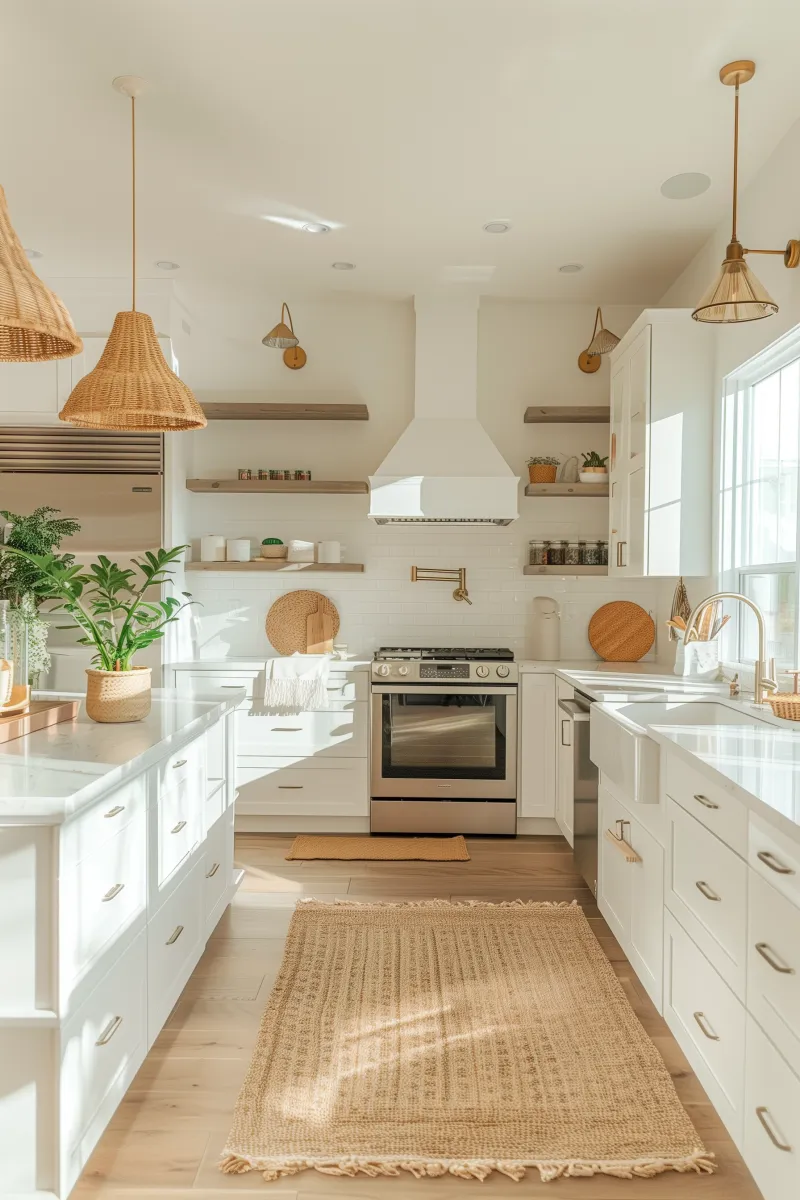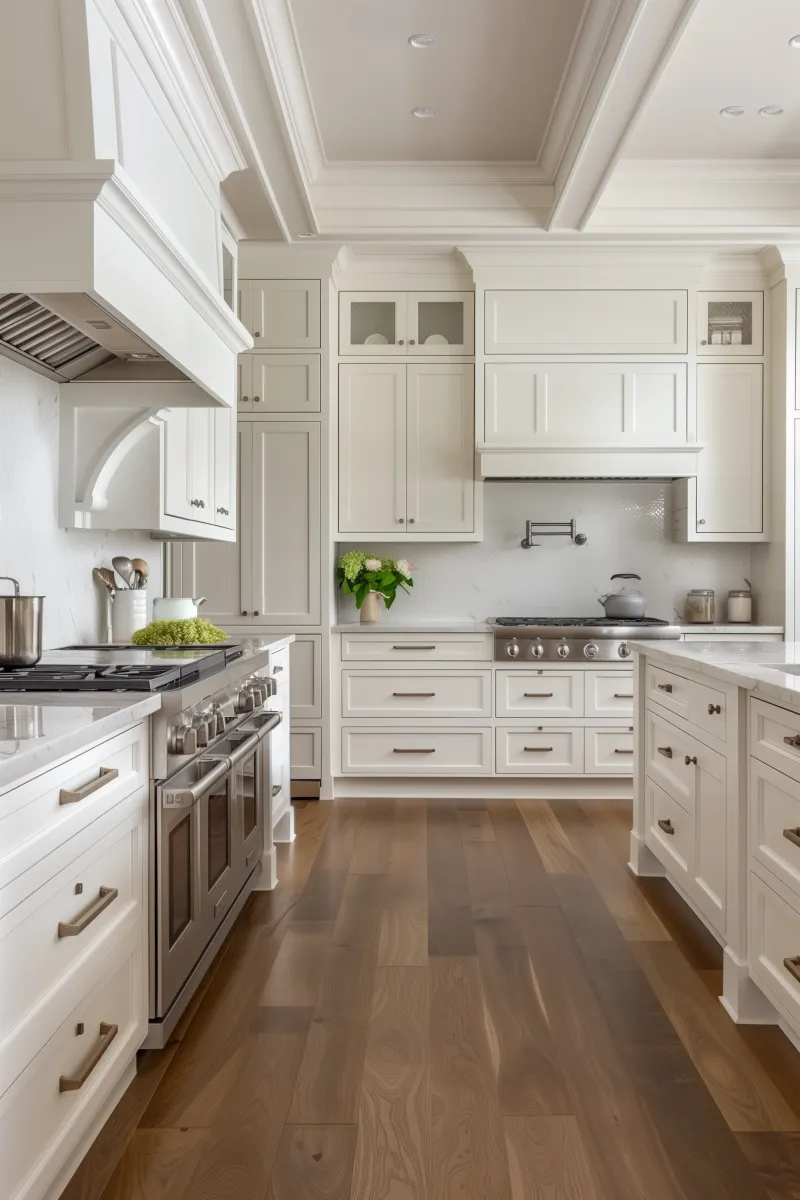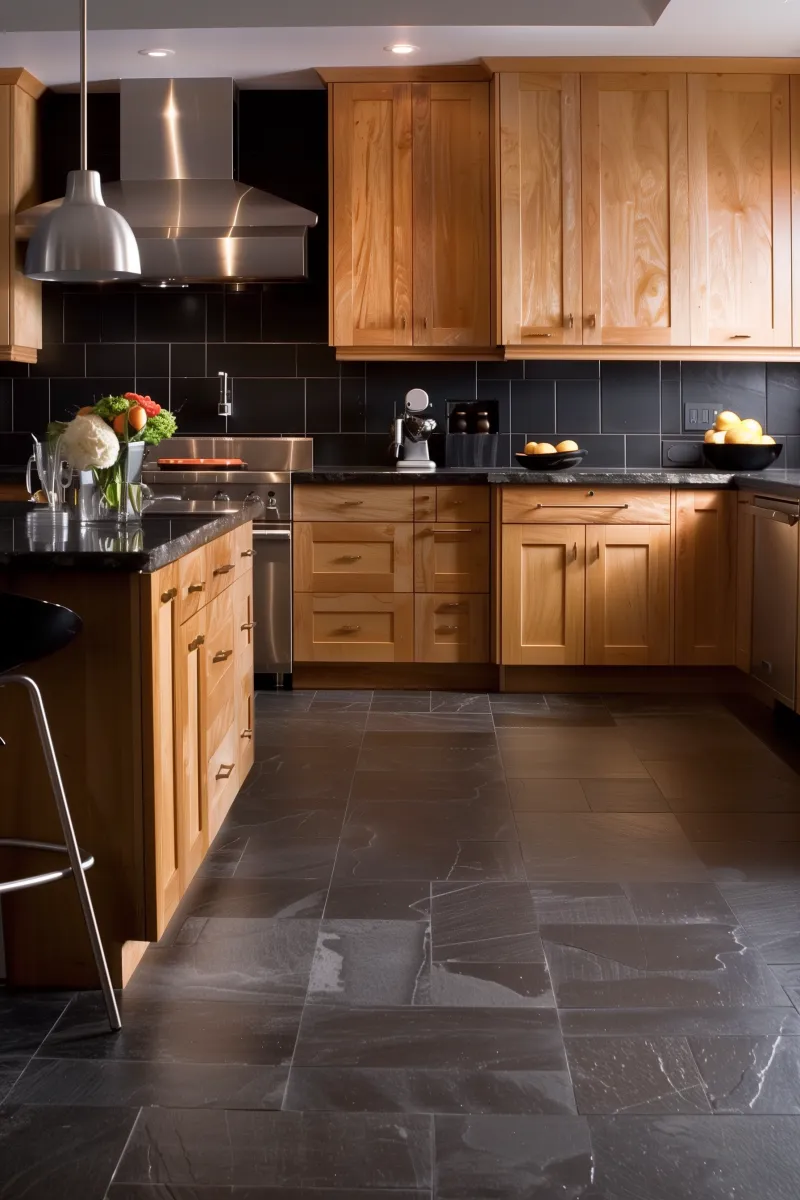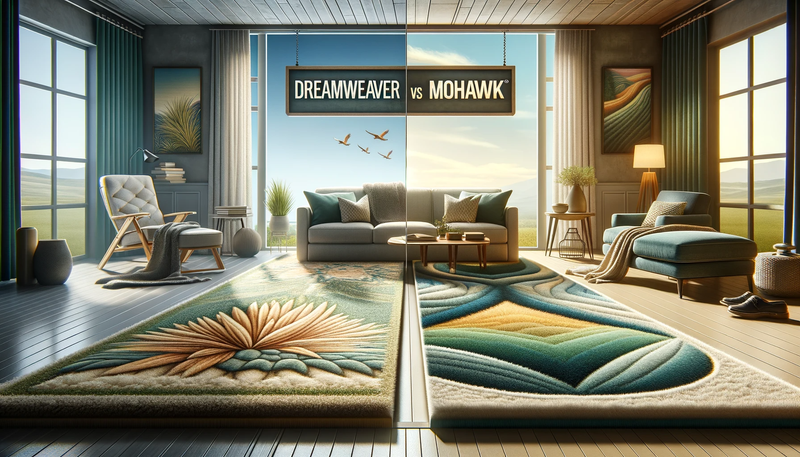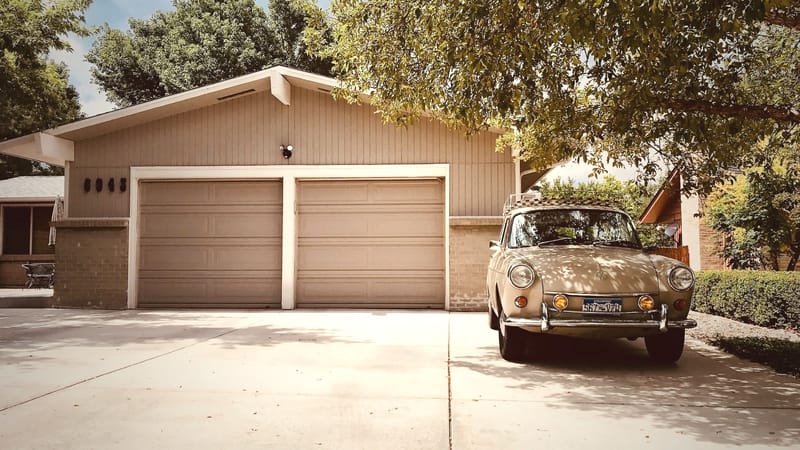This post shows you the difference between wool vs synthetic carpets
Carpeting is a significant home decor aspect, offering style and comfort.
When deciding between wool and synthetic carpets, there are several factors to consider, each with pros and cons.
Here is a comprehensive overview to help you make an informed choice for your home.
How To Choose The Right Carpet?

- Assess Your Lifestyle: Determine the carpet's intended use and your specific needs. High-traffic areas and homes with young children or pets may require durable, stain-resistant carpets like nylon.
- Consider Material: Decide between natural fibers like wool, known for their durability and luxury, and synthetic options like nylon, polyester, or olefin, which are more affordable and easier to maintain.
- Pile and Texture: Select the carpet pile based on comfort and aesthetic preferences. Options include plush, Berber, frieze, or textured piles.
- Color and Patterns: Choose a color or pattern that complements your room's decor. Light colors can make rooms appear larger, while darker colors or patterns are better for hiding stains.
- Budget: Factor in your budget. Wool carpets are typically more expensive than synthetic ones.
- Maintenance Requirements: Consider the cleaning and maintenance needs. Some carpets require more care, regular vacuuming, and specific cleaning methods.
- Environmental and Health Considerations: If you have allergies or environmental concerns, look for hypoallergenic or eco-friendly carpet options.
- Test Samples: Get samples to see how different carpets look and feel in your home's lighting and alongside your furniture.
- Professional Advice: Consult with a flooring expert to understand the best options for your specific needs and to get an idea of the installation process.
- Warranty and Longevity: Check the warranty and expected lifespan of the carpet, ensuring it aligns with your long-term home plans.
Now, let's get into the pros and cons of wool vs synthetic carpet!
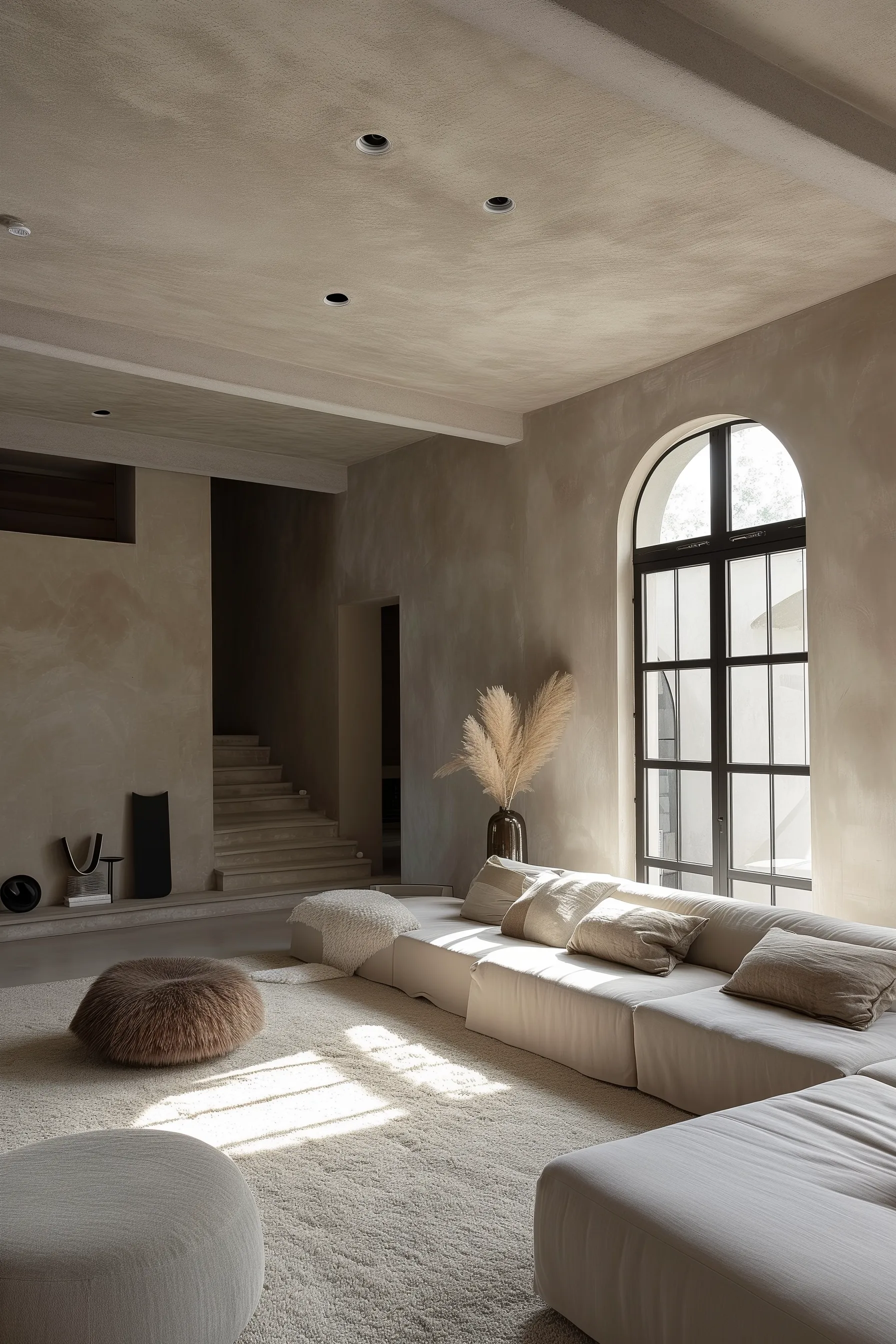
1. Wool Carpets
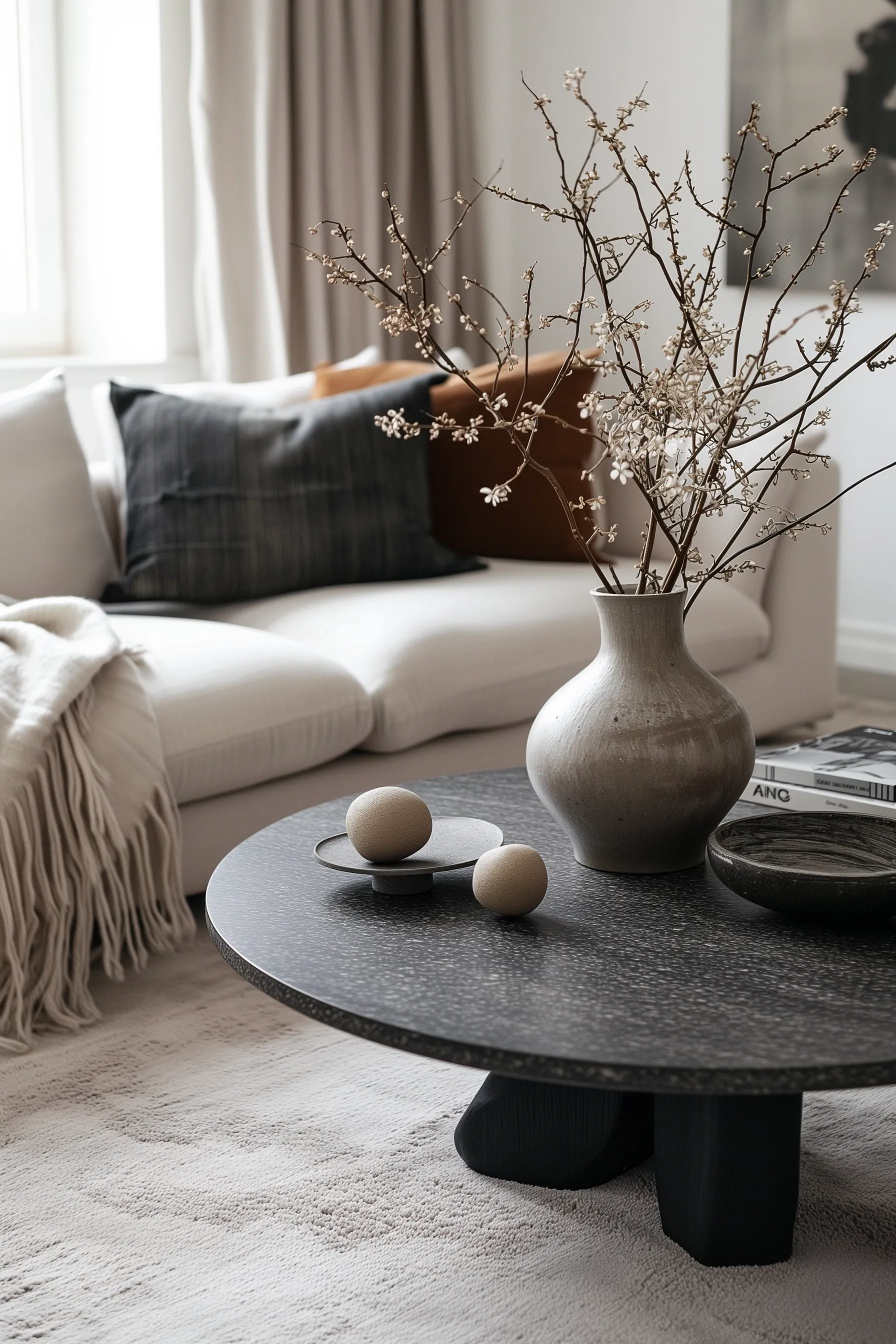
Natural wool carpet is a classic and luxurious flooring option made from the natural fibers of sheep.
It's appreciated for its durability, natural insulation properties, and comfort. Wool carpets are also environmentally friendly, made from a renewable resource, and biodegradable.
They offer excellent color retention, are flame retardant, and can improve air quality by absorbing pollutants. They are a perfect choice if you're looking for a higher-quality option.
However, wool rugs come with higher costs compared to their synthetic counterparts.
They require special care, as specific cleaning agents can damage them. Wool absorbs moisture, which can lead to mildew in damp conditions and is vulnerable to insects like moths and carpet beetles.
While wool carpeting is naturally stain-resistant, it can be permanently stained if spills are not promptly treated. Additionally, wool carpets are not recommended for humid areas and typically require professional cleaning to maintain their quality.
Its natural properties provide unique benefits but also come with certain drawbacks.
Pros of wool carpet:
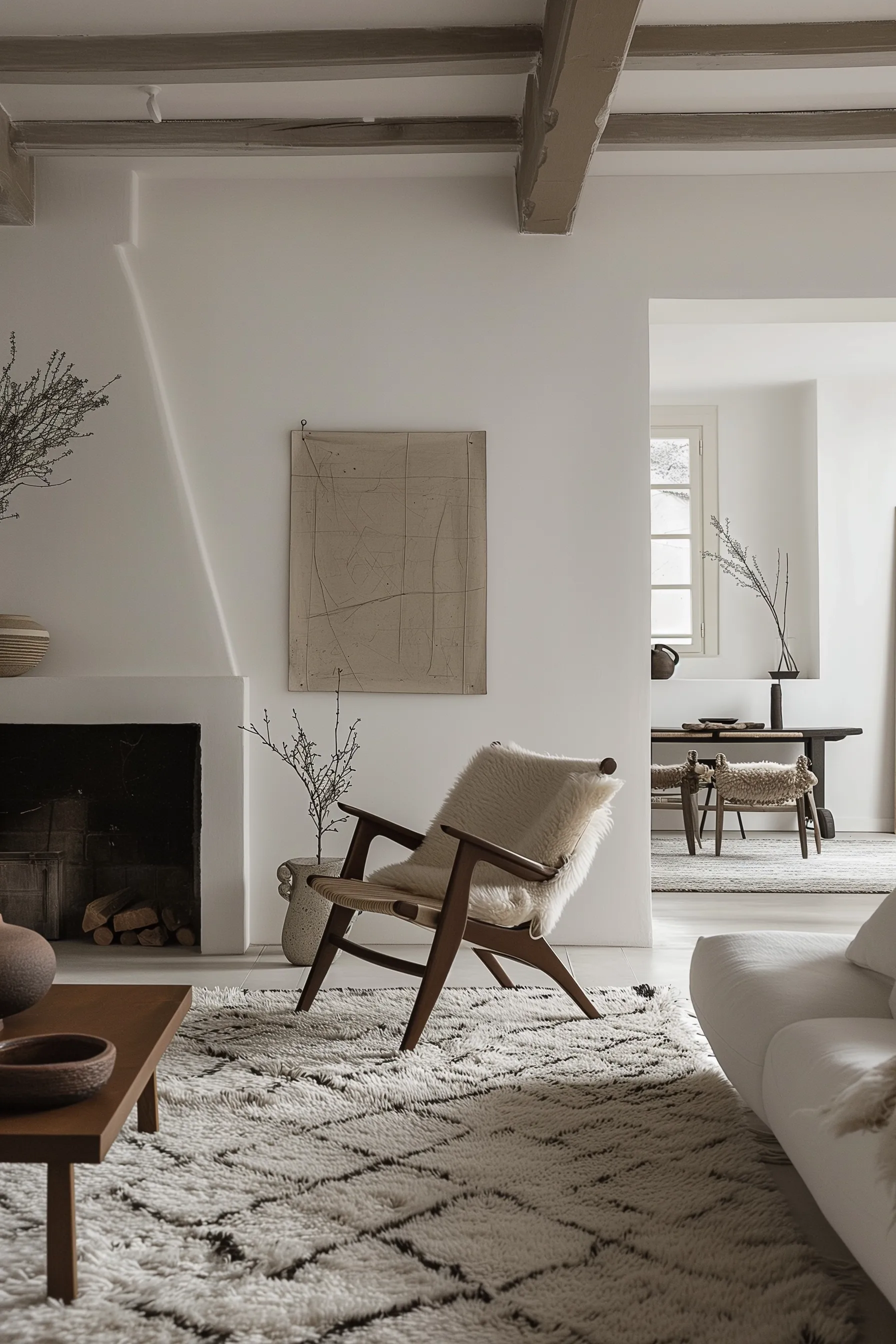
- Durability: Wool carpets are known for their longevity and resilience to crushing and matting.
- Natural Insulator: These natural materials are excellent for temperature regulation, keeping rooms warm in winter and cool in summer.
- Eco-Friendly: Made from sustainable, biodegradable materials.
- Comfort: Wool carpets are soft and plush underfoot.
- Stain and Dirt Resistance: Naturally repels water-based stains and dirt.
- Color Retention: Maintains color vibrancy over time.
- Flame Retardant: Wool fibres are naturally fire resistant.
- Air Quality: Absorbs pollutants, improving indoor air quality.
- Noise Reduction: Offers sound insulation properties.
Cons of wool carpet :
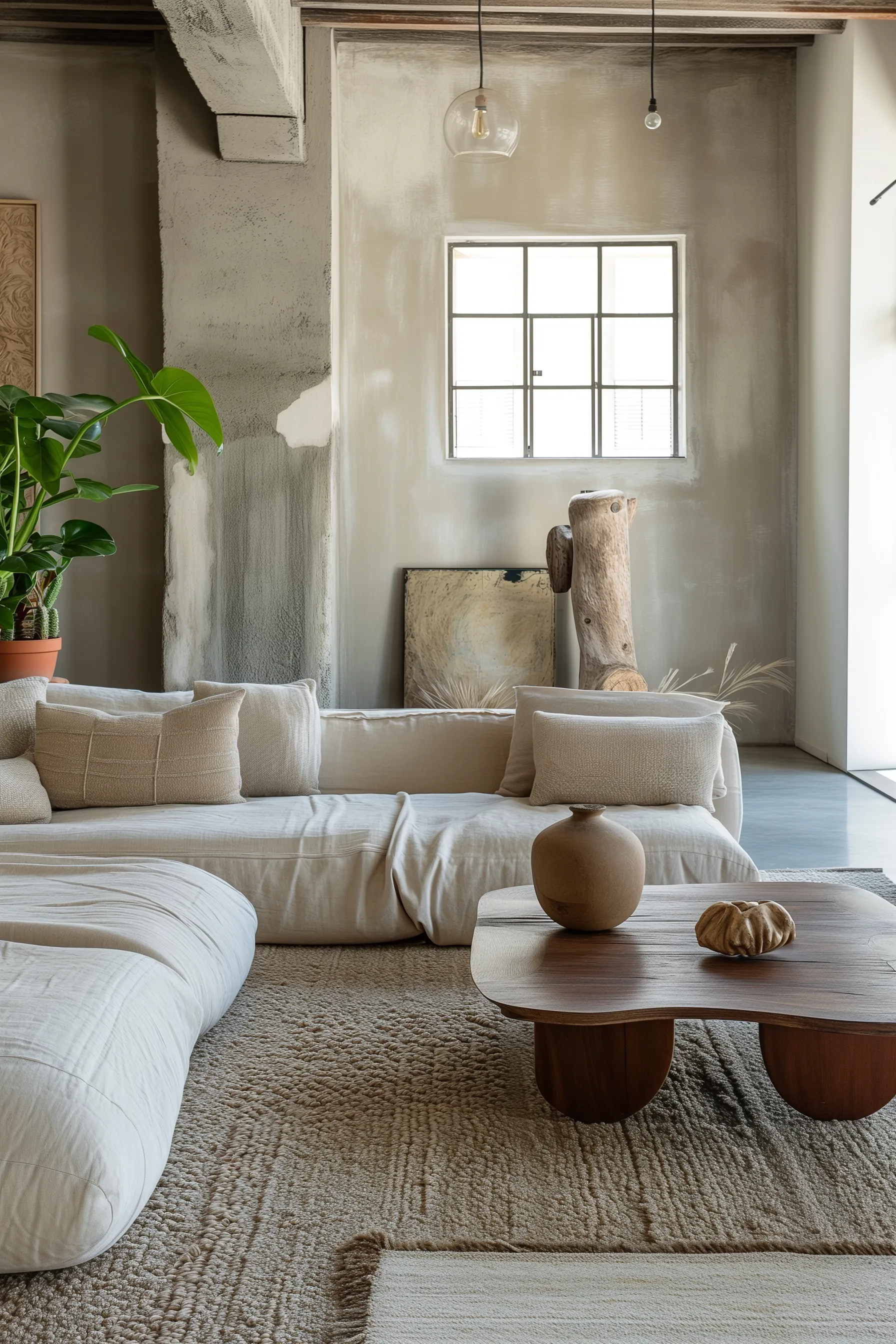
- Cost: Generally, it is more expensive than synthetic carpets.
- Maintenance: Wool fibers are sensitive to certain cleaning chemicals, requiring specialized care.
- Moisture Absorption: Can retain moisture, leading to potential mildew issues in damp areas.
- Insect Attraction: Vulnerable to moth and carpet beetle larvae.
- Permanent Staining: Can be permanently stained by untreated spills.
- Not Ideal for Humid Areas: Less suitable for areas with high humidity or frequent spills.
- Professional Cleaning: Often requires professional cleaning services.
2. Synthetic Carpets
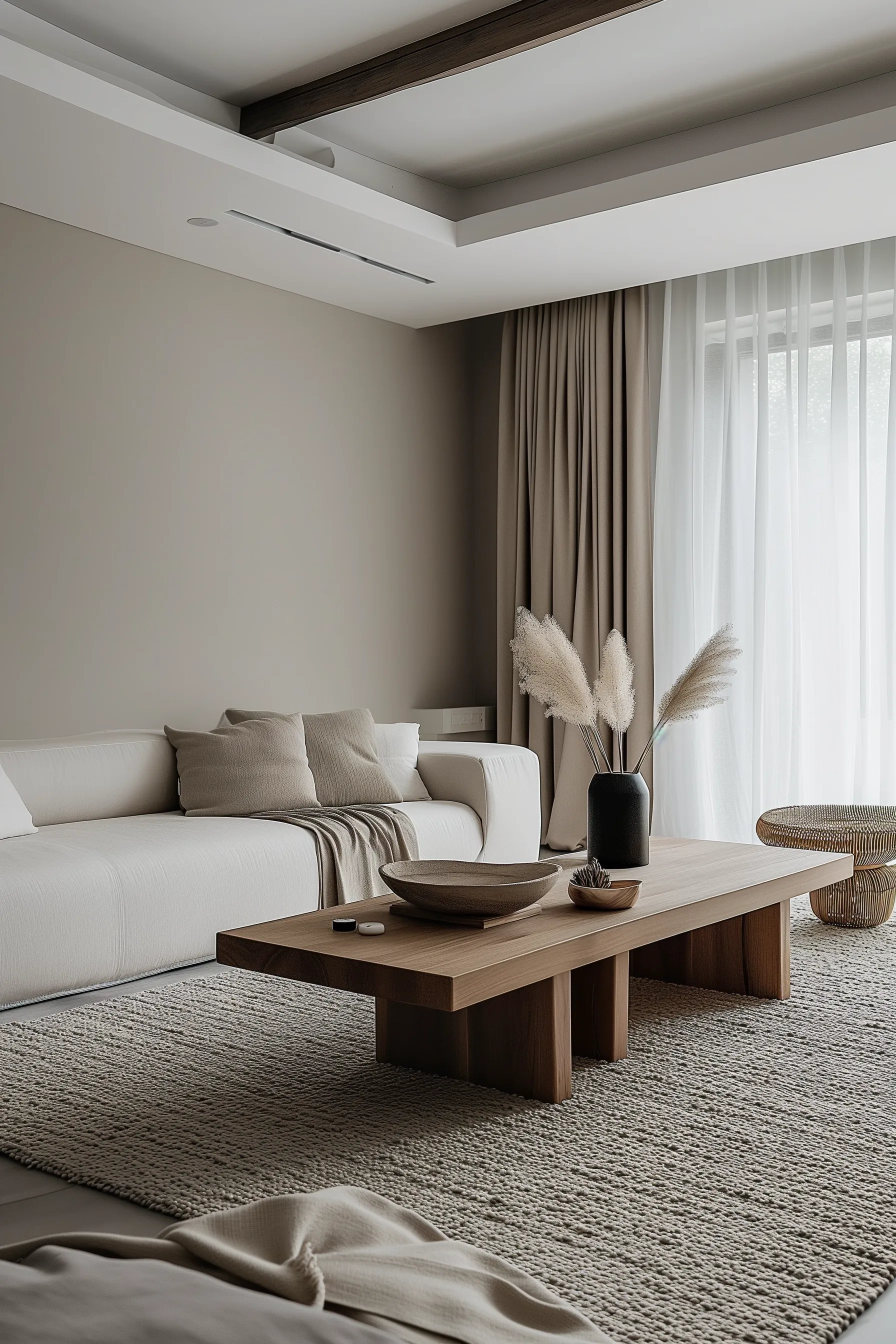
Synthetic carpets are modern flooring solutions made from artificial fibers such as nylon, polyester, or polypropylene (olefin).
These synthetic fibres are created through chemical processes, providing a range of properties tailored to various needs and preferences.
Synthetic rugs are known for their versatility, offering numerous design, texture, and color options. They are widely used in homes and commercial spaces due to their durability and affordability.
When comparing wool vs synthetic carpet, these are a popular choice and are a better option for those looking for cost-effective, durable, and easy-to-maintain flooring options.
Pros of synthetic carpets:
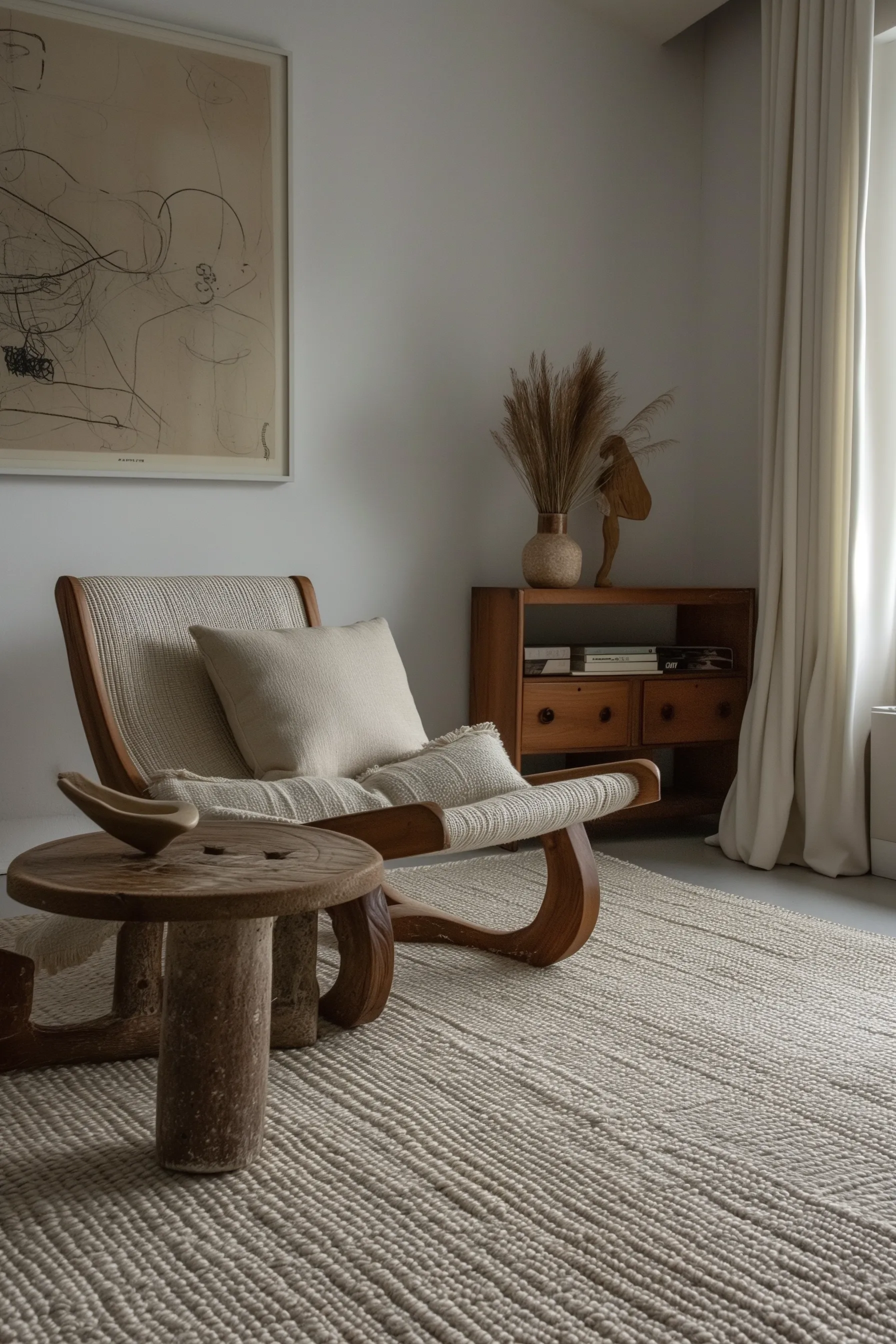
- Affordability: Generally more cost-effective than natural fibre carpets.
- Stain Resistance: Highly resistant to stains, especially when treated with protective solutions.
- Durability: Suitable for high-traffic areas due to strong, resilient fibers.
- Easy Maintenance: Easier to clean and maintain compared to natural fibers.
- Color Variety: Available in a wide range of colors and patterns.
- Moisture Resistance: Certain synthetic fibers are water resistant, making them suitable for damp areas.
- Allergy-Friendly: Often hypoallergenic and resistant to dust mites.
Cons of synthetic carpets:
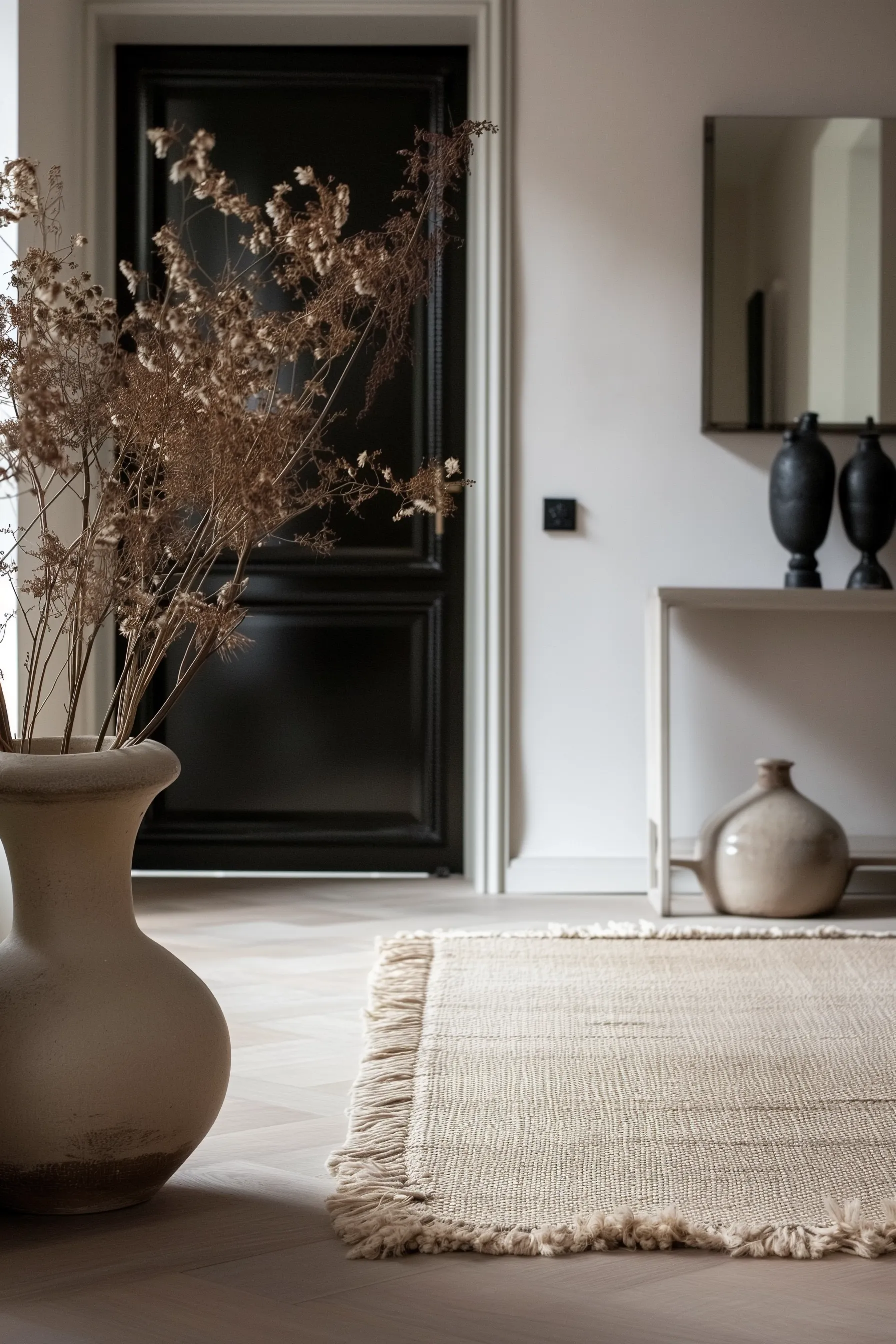
- Environmental Impact: Not as eco-friendly as natural fibers; can emit volatile organic compounds (VOCs).
- Less Natural Feel: It may lack the softness and warmth of natural fibers like wool.
- Wear and Tear Visibility: Can show signs of wear and tear, especially in high-traffic areas.
- Static Electricity: Some synthetic carpets can generate static electricity.
- Heat Sensitivity: Can be sensitive to heat and may melt or degrade at high temperatures.
- Limited Resilience: Certain types, like olefin, have poor resiliency, leading to crushing over time.
- Chemical Sensitivity: Can react with certain chemicals, affecting their longevity and appearance.
3. Nylon Carpets
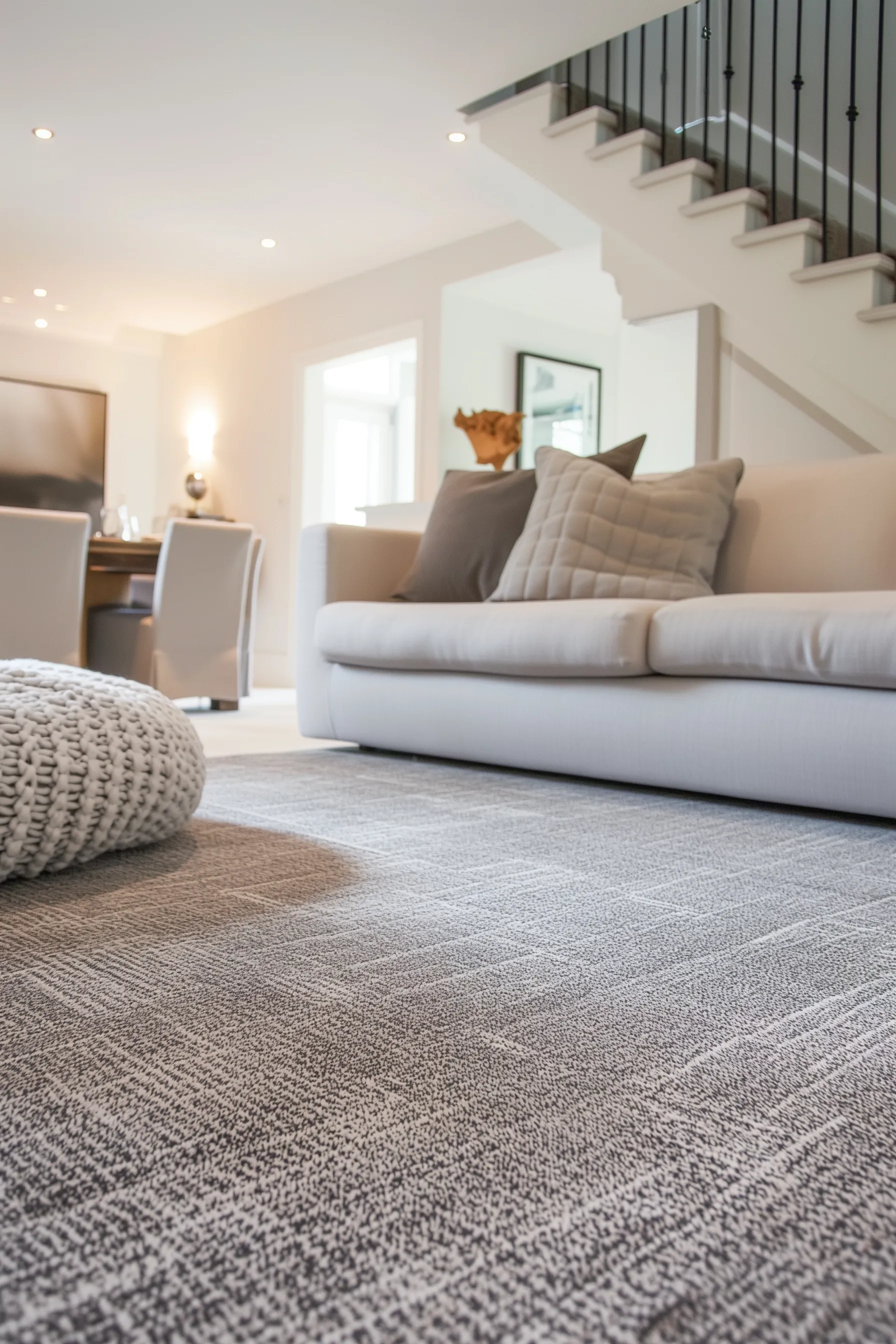
A nylon carpet is a popular synthetic carpeting known for its durability and versatility.
Made from nylon fibers, which are synthetic materials, it stands out as one of the most widely used carpet materials.
Its popularity is due to its excellent balance of practicality, comfort, and aesthetic appeal, making it suitable for residential and commercial settings.
Pros of nylon carpets:
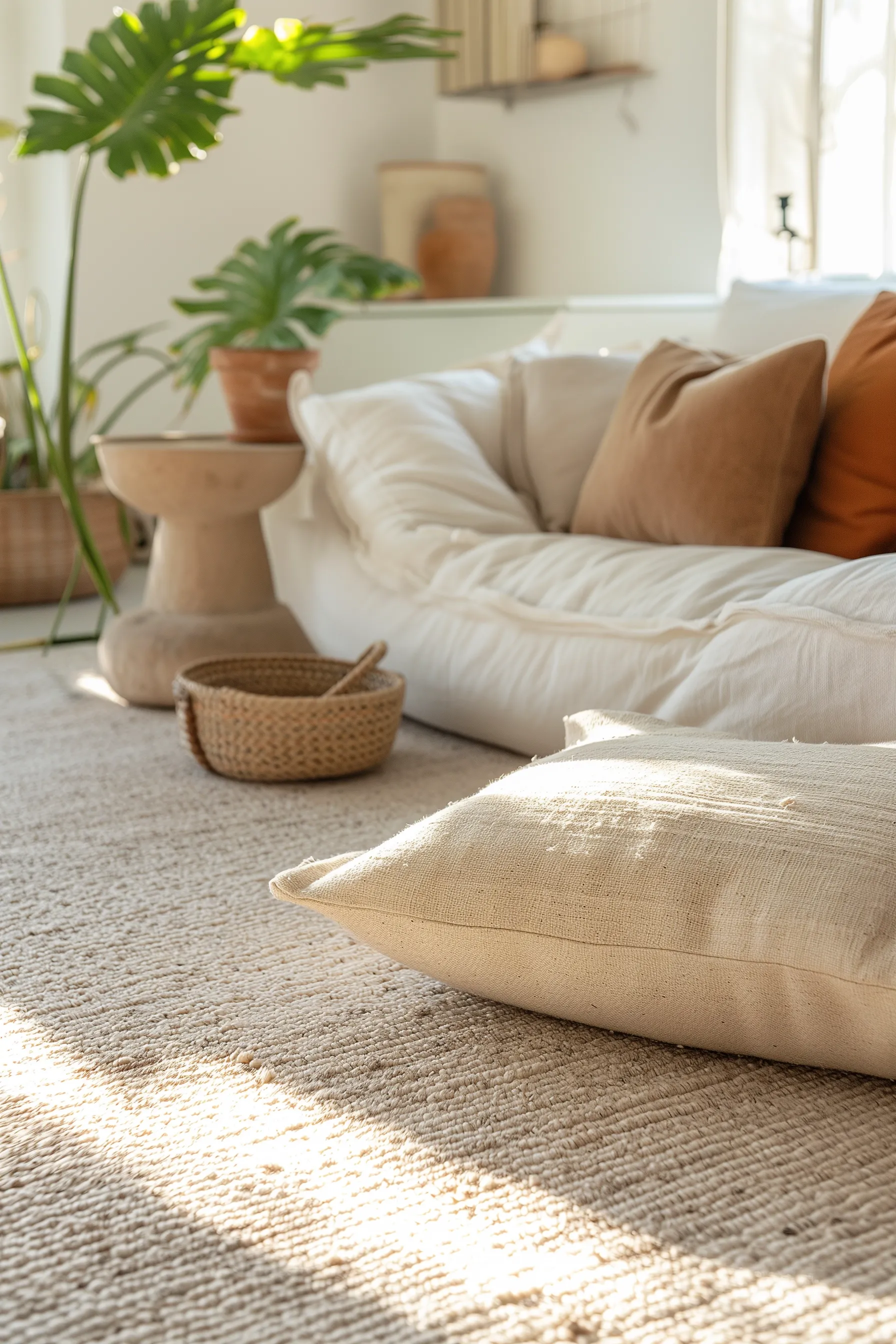
- Exceptional Durability: Nylon carpets are known for their ability to withstand heavy foot traffic and maintain their appearance over time.
- Stain Resistance: They are often treated to be highly stain resistant, ideal for busy households or commercial spaces.
- Resilience: Nylon fibers have good elasticity, helping the carpet to retain its shape and resist flattening.
- Easy Maintenance: Nylon carpets are relatively easy to clean and maintain.
- Variety of Designs: Available in various colors, patterns, and textures.
- Fade Resistance: Nylon carpets hold their color well, resisting fading over time.
Cons of nylon carpets:
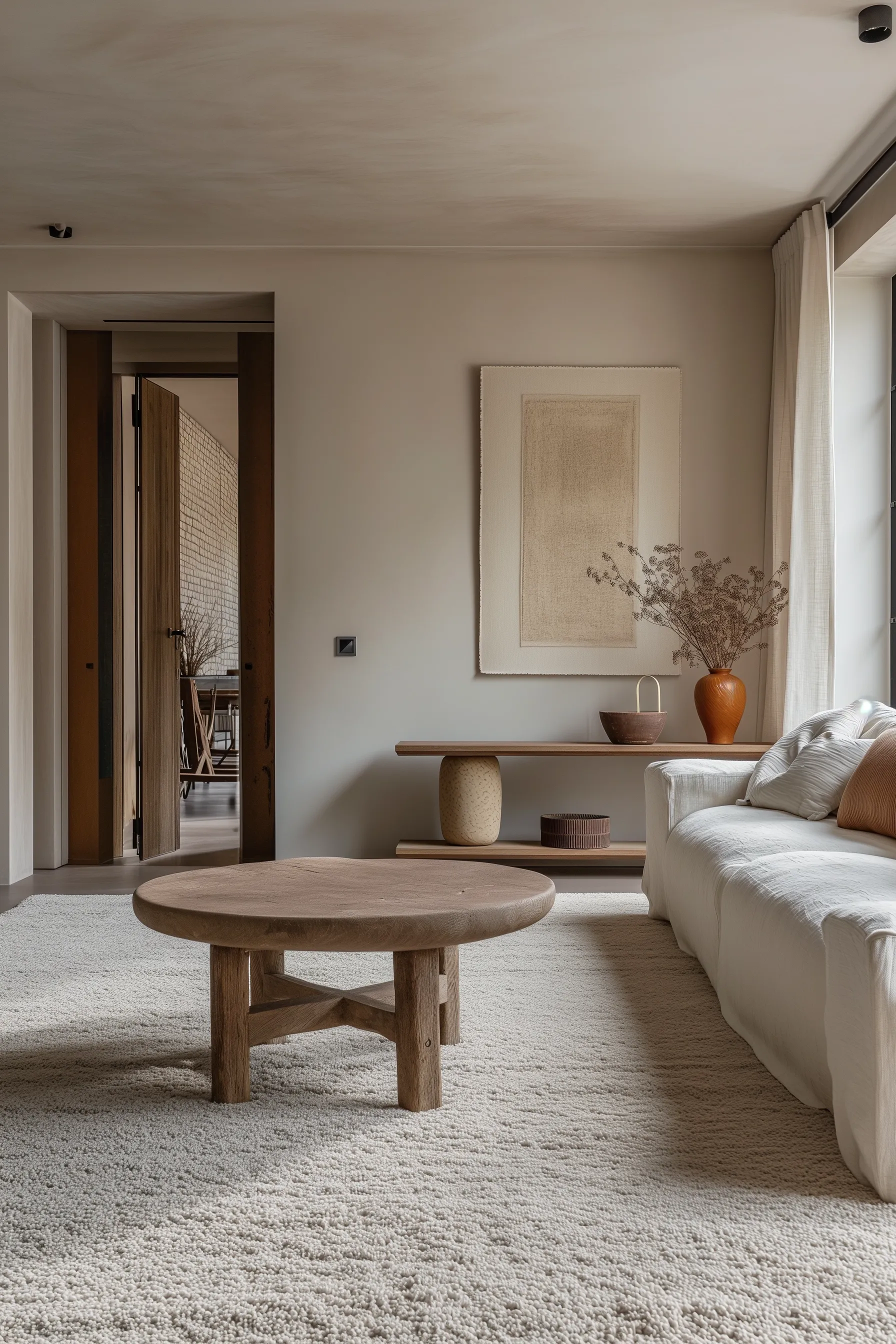
- Cost: Generally, it is more expensive than other synthetic carpet types like polyester or olefin.
- Static Electricity: This can generate static, although many are treated to reduce this.
- Environmental Impact: Being synthetic, it’s less eco-friendly than natural options and can emit VOCs.
- Heat Sensitivity: Nylon carpets can be sensitive to high temperatures.
- Absorption of Oils: Can absorb oils, which might lead to staining in certain environments.
- Less Luxurious Feel: While comfortable, it might not feel as luxurious as natural fibers like wool.
4. Olefin Carpets
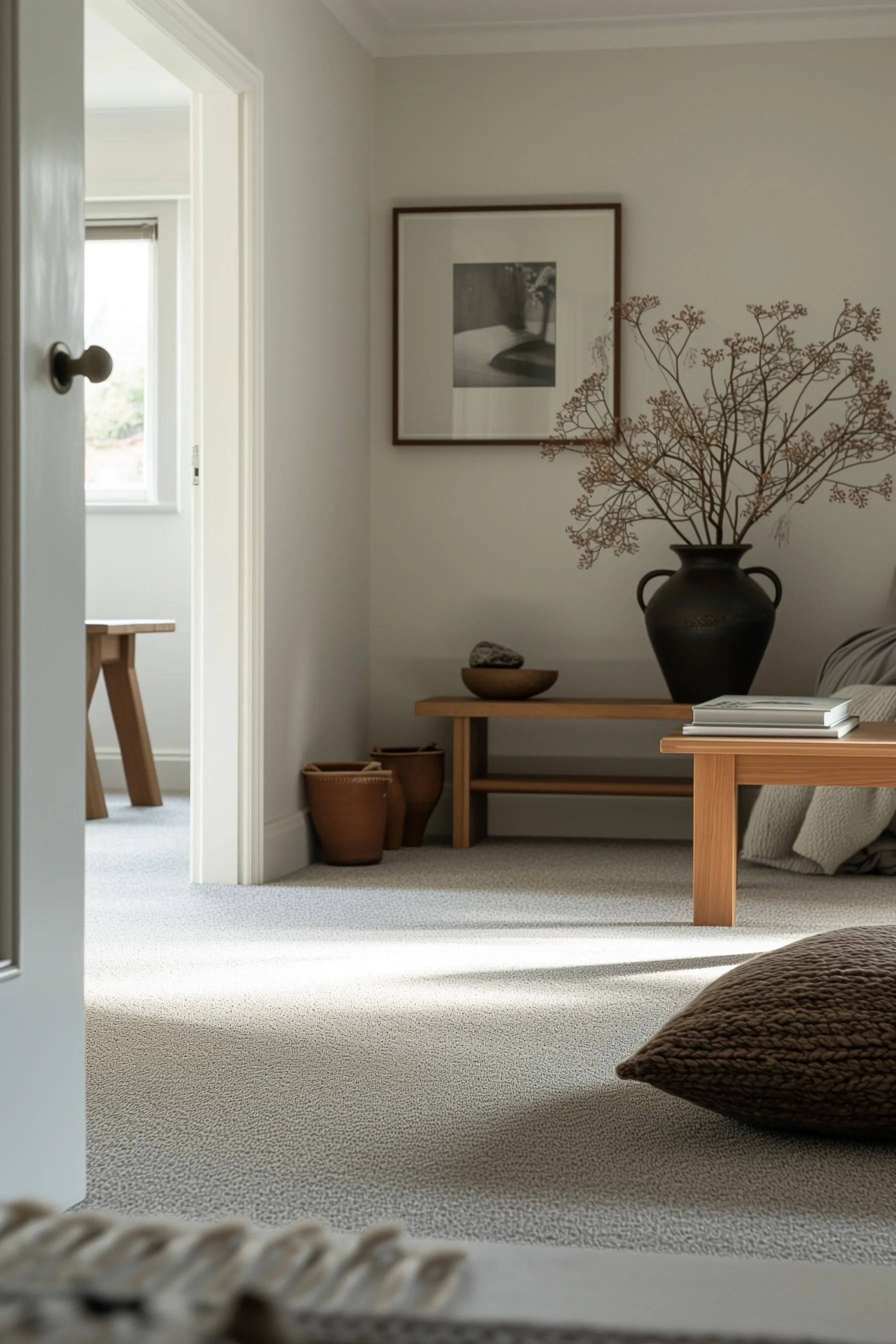
Olefin carpet, or polypropylene carpet, is a synthetic carpet material popular for its affordability and specific qualities.
It's crafted from polypropylene fibers, a type of plastic, making it an excellent choice for indoor and outdoor settings.
Pros of olefin carpets:
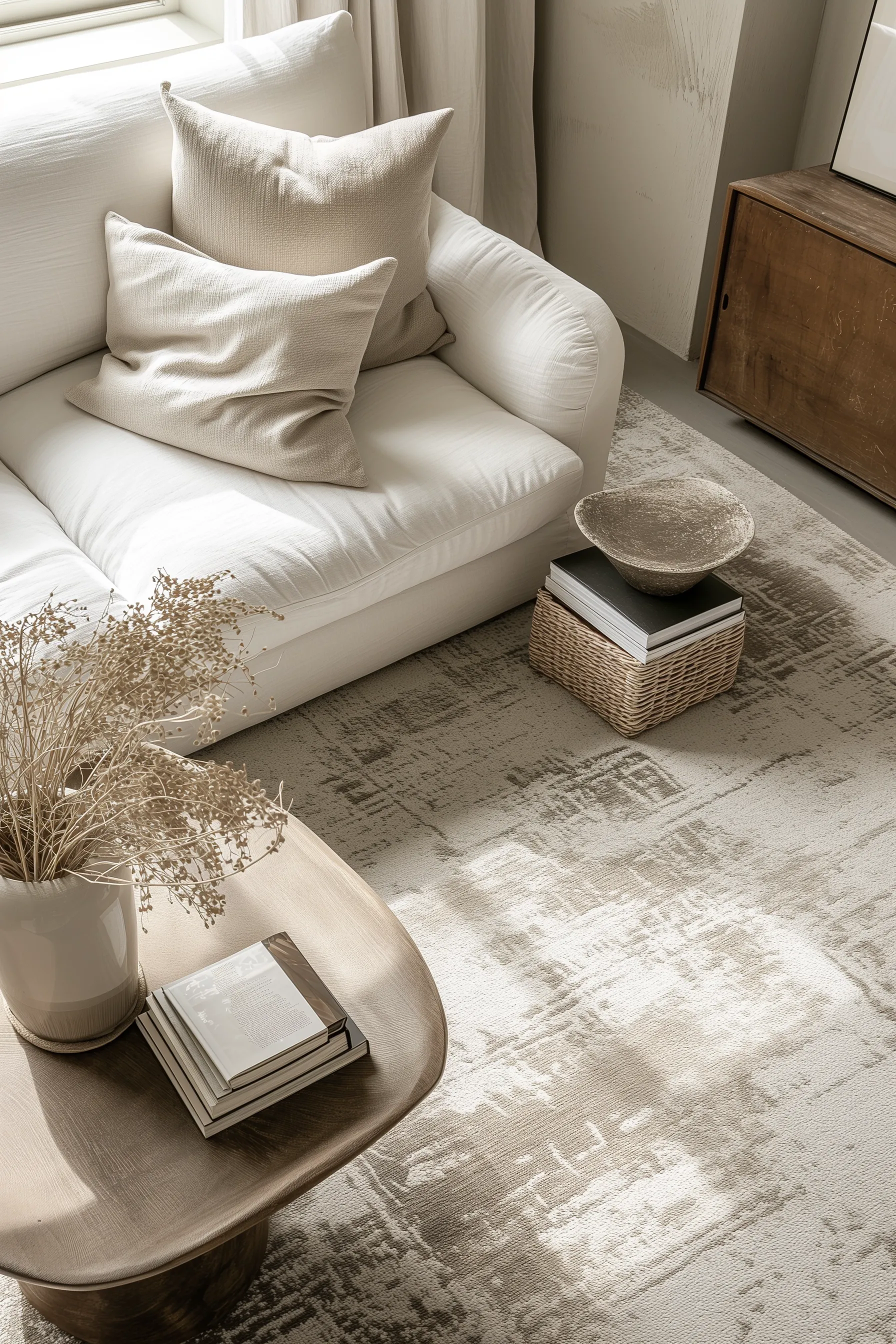
- Stain Resistance: Highly resistant to most stains, particularly suitable for areas prone to spills.
- Cost-Effective: Generally more affordable than nylon or wool carpets.
- Moisture Resistance: Olefin is water-resistant, ideal for damp areas or outdoor use.
- Colorfast: Resistant to fading, even under direct sunlight exposure.
- Mildew and Mold Resistant: It's less likely to develop mold or mildew due to its moisture resistance.
- Lightweight: Easier to handle and install due to its lightweight nature.
Cons of olefin carpets:
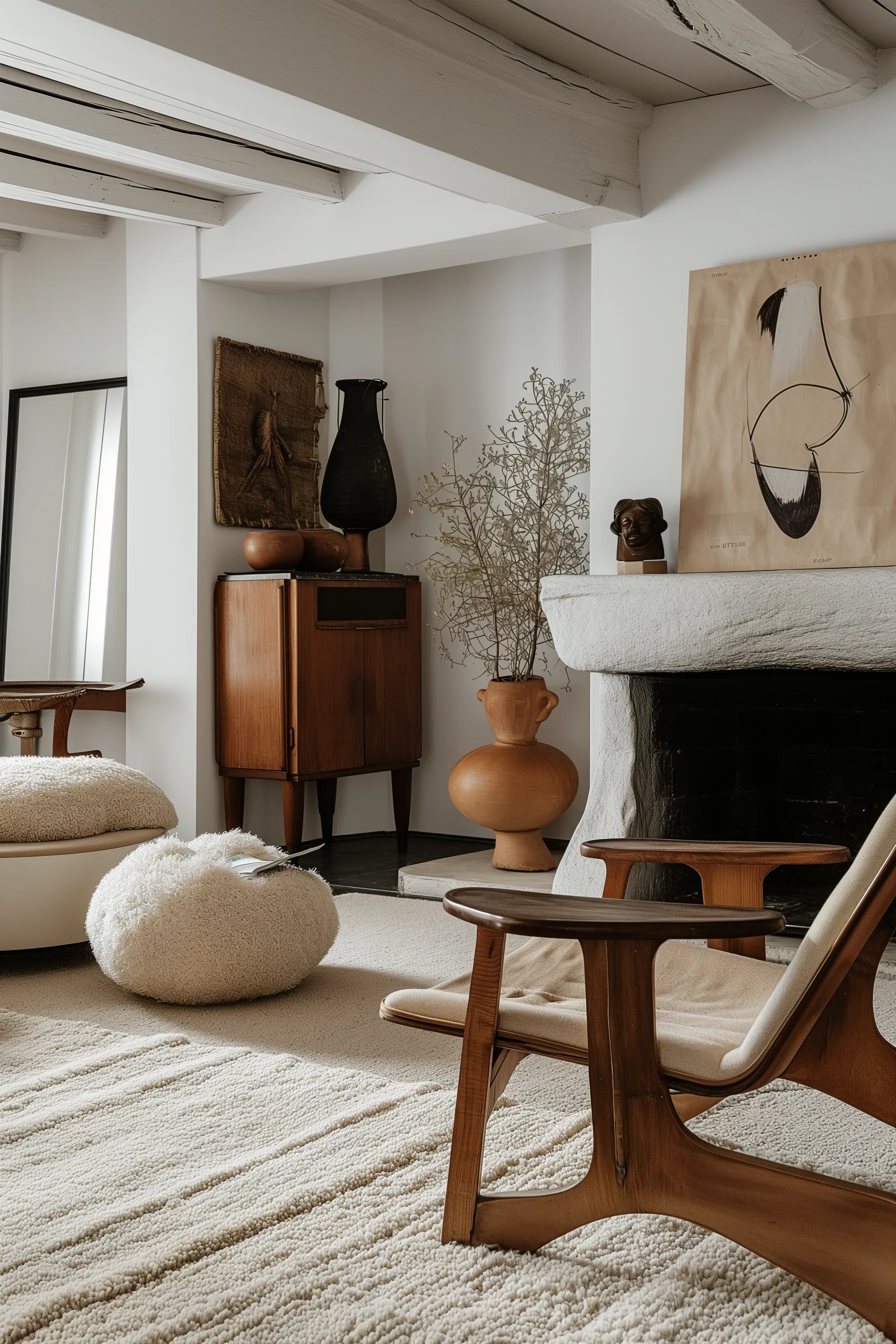
- Resilience: Tends to flatten or crush under heavy furniture or in high-traffic areas.
- Heat Sensitivity: Heat can damage olefin, including friction from heavy furniture or hot spills.
- Limited Style Options: While versatile, it may not offer the same range of styles and textures as other materials.
- Oil Absorption: Olefin fibers can absorb oil, leading to potential staining in environments with oil-based substances.
- Less Comfortable: Generally not as soft or luxurious underfoot as materials like nylon or wool.
Considerations Before Purchasing Carpet
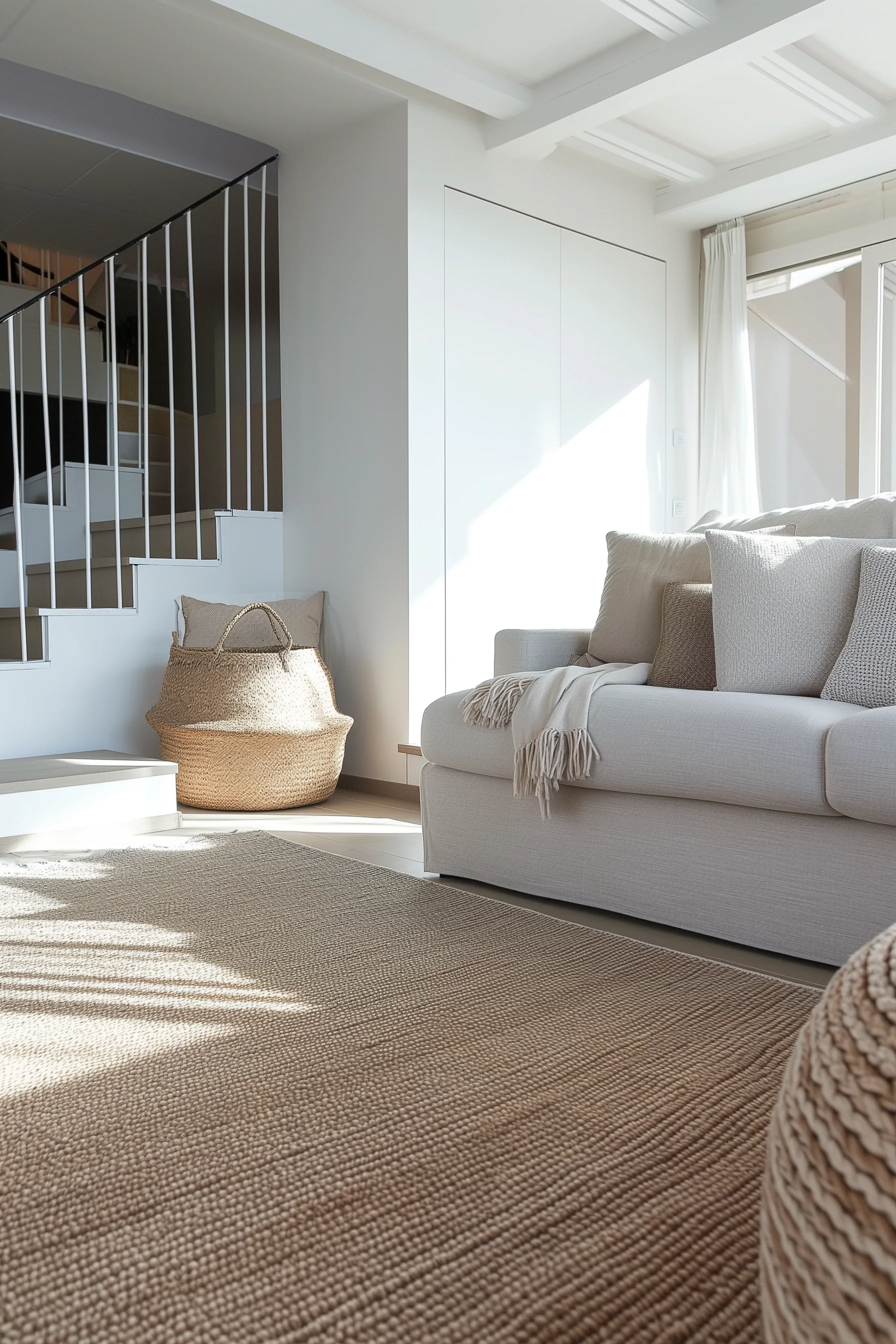
When purchasing a carpet, several important considerations should be taken into account to ensure you make the best choice for your needs:
- Material: Choose between natural fibers (like wool) or synthetic options (like nylon, polyester, or olefin) based on durability, feel, and maintenance.
- Lifestyle and Usage: Consider the amount of foot traffic, the presence of children or pets, and the likelihood of spills or stains; for example, a rug in the dining room would be more prone to food stains.
- Pile and Texture: Decide on the type of pile (plush, Berber, frieze) that suits your comfort and aesthetic preferences.
- Color and Patterns: Select a color or pattern that complements your room's decor and lifestyle needs (e.g., darker colors to hide stains).
- Size and Layout: Measure your space accurately and consider the room's layout.
- Budget: Factor in the cost of the carpet and installation, keeping in mind that higher-quality carpets may be more expensive but more durable.
- Maintenance and Cleaning: Understand the cleaning requirements and whether you're prepared for professional cleaning if necessary.
- Environmental Impact: For eco-conscious buyers, consider carpets with lower VOC emissions or made from sustainable materials.
- Warranty: Check for warranty coverage, which can assure your investment.
- Installation Requirements: Consider the complexity of installation and whether professional installation is required.
I hope this wool vs synthetic carpet list has helped you make an informed decision!
Selecting the right carpet for your home is a decision that combines practicality with personal style.
By carefully considering factors such as material, lifestyle, pile, color, budget, and maintenance, you can create a better choice and find a carpet that not only enhances the aesthetic appeal of your space but also caters to your specific needs and preferences.
Remember, a well-chosen carpet complements your home's decor and offers comfort and durability, making it a worthwhile investment in your living environment.
Ultimately, it is personal preference, and with the right choice, your new carpet can transform a room, adding warmth, texture, and comfort to your daily life.


